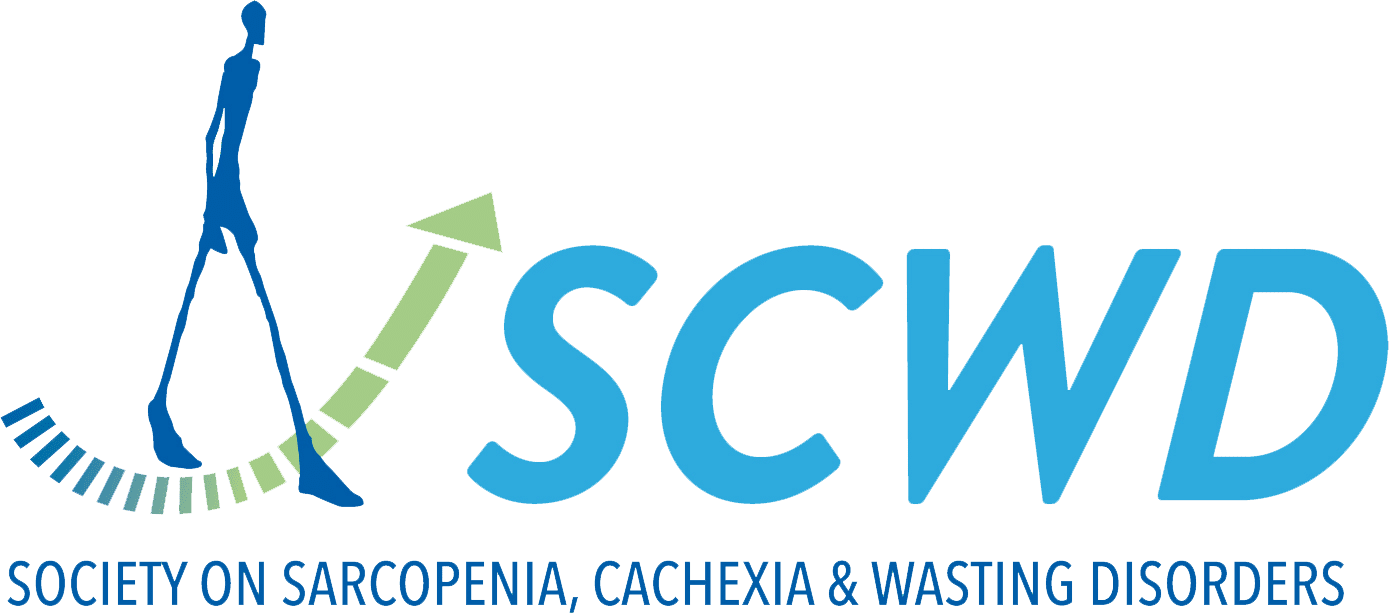👤 Authors: Omar Baritello, Simon H Sündermann, Kristian Espinosa-Garnica, Jörg Kempfert, Markus Jähnert, Nick L Beetz, Dominik Geisel, Jasmin Gaugel, Julia Rominger, Ursula Müller-Werdan, Catrin Herpich, Kristina Norman, Alexandra Chadt, Hadi Al-Hasani, Heinz Völler, Annett Salzwedel, Heike Vogel
Transcriptomic Signature of Frailty in Older Patients With Cardiovascular Disease Undergoing Cardiac Surgery or TAVI.
Deterioration of functional capacity mostly determinates frailty in older patients with cardiovascular disease (CVD). Elucidating the pathophysiological mechanisms of physical frailty is an important goal for improving functional health-related outcomes.
Our objective was the determination of the transcriptomic signature of physical frailty phenotypes in older patients undergoing cardiac surgery. Patients aged ≥ 70 years, referred for elective cardiac surgery (e.g., coronary artery bypass graft) or transcatheter aortic valve implantation (TAVI) were recruited.
At hospital admission, frailty was assessed based on moderately/severely impaired mobility (Timed Up and Go; ≥ 10 and ≥ 20 s), low gait speed (5-m Walk Test; ≥ 6 s) or reduced handgrip strength (male ≤ 27, female ≤ 16 kg). Muscle specimens (M.
quadriceps femoris) were collected during surgery/intervention and used for total RNA isolation and sequencing. Differential gene expression analysis was performed using DESeq2 and regression analyses investigated association between frailty and gene expression levels.
Sixty-three patients (77.6 ± 4.3 years; 74% male) referred to cardiac surgery (n = 34, 54%) or TAVI (n = 29, 46%) were included. Overall, 43 patients (70.2%) were characterized as frail by moderately/severely impaired mobility, 19 (30.6%) by low gait speed and 19 (30.2%) by low handgrip strength.
In total, 37 patients (59%) experienced ≥ 1 complication (e.g., need of transfusion, atrial fibrillation and delirium); one patient died. Based on transcriptome data, 10 overlapping genes between all physical frailty phenotypes were identified, with S100A1 showing the strongest differences in expression level (e.g., handgrip R 2 adj = 0.579; p = 0.001).
Additional functional studies in C2C12 myoblasts demonstrated the impact of S100A1 on muscle function, and a second independent human cohort confirmed that higher S100A1 blood levels were correlated with increased handgrip strength. Our data highlight the potential role of S100A1 in the pathophysiological mechanisms of skeletal muscle impairments in older CVD patients and warrants further consideration as a target gene for physical frailty.
These findings also advance our understanding of the genetic and biological factors contributing to frailty, potentially guiding future therapeutic strategies to mitigate its impact on health outcomes.


